Knee pain is a common complaint, especially as patients age.
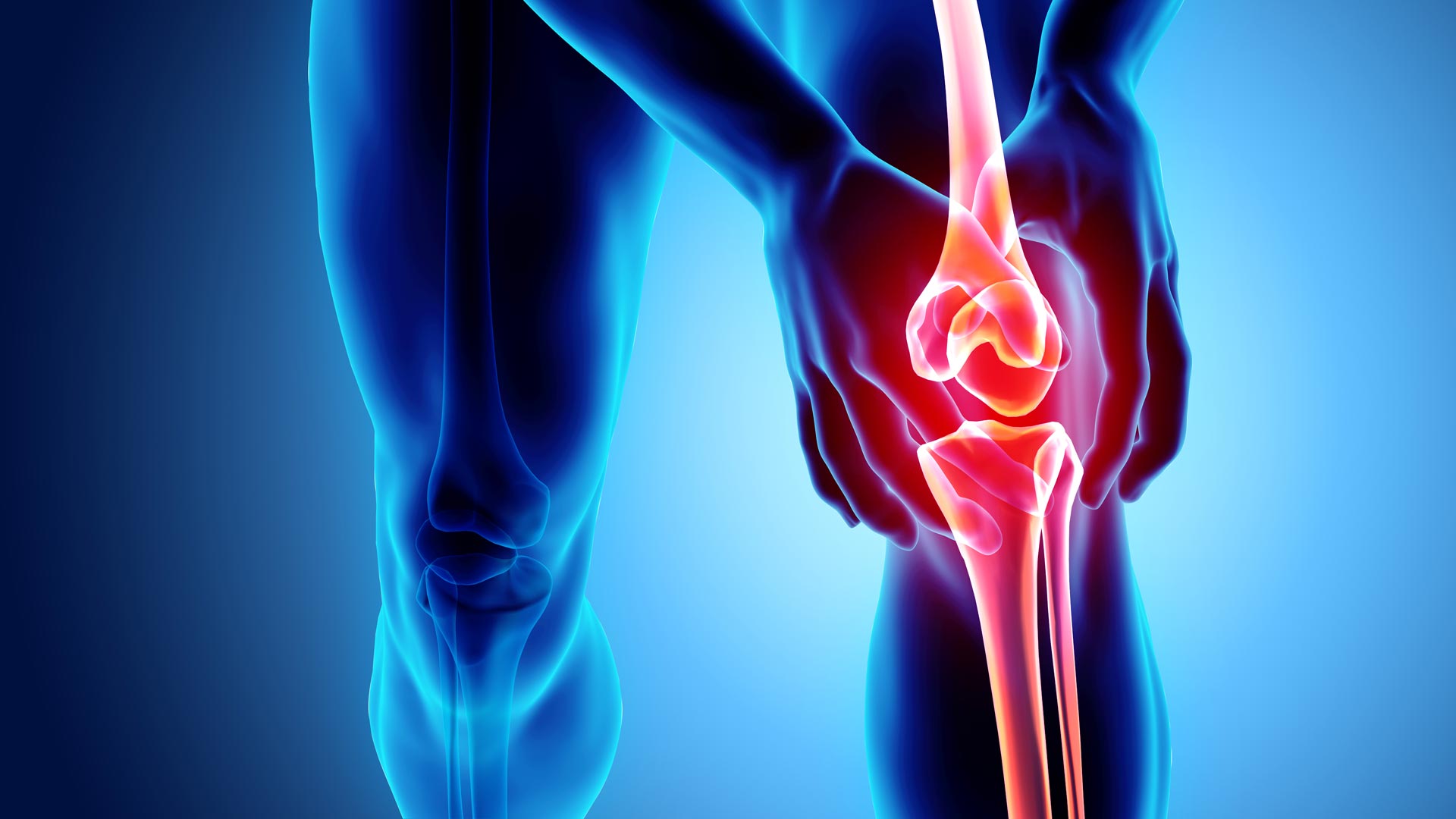
There are numerous potential causes of knee pain.
These include:
- Soft tissue inflammation around the knee, such as bursitis or tendinitis.
- Knee arthritis, where there has been irreversible damage to the cartilage within the knee joint itself.
- Tears of the meniscal cartilage (the cartilage between the femur and the tibia);
- Loose bodies within the knee joint.
- Torn ligaments that support and stabilize the knee
- Inflammatory conditions, such as Rheumatoid arthritis or Psoriatic arthritis.
Robotic Technology
"Referred" Pain
Occasionally, knee pain will present as what is known as "referred" pain - this means that although the mind senses that the knee is hurting, the actual cause of the knee pain is not the knee itself. "Referred pain" can come from hip arthritis, as well as a pinched nerve in the lumbar spine or lower back area. Depending on the severity of the knee condition, knee surgery may be needed.
Treatment Options
As a leading orthopedic surgeon in Arizona, Dr. Kaper often helps patients discover the true source of their pain, and alleviate the pain by developing a custom treatment plan to treat the knee problem and thereby alleviate the pain. Our main goal is to get you back on your feet. Live free of pain and free to be!
Treatments options range from the use of oral non-steroidal anti-inflammatory medications, physical therapy, and knee surgery.
Total knee replacement surgery is often recommended for patients with severe arthritis of the knee that has failed to respond to appropriate conservative or non-operative treatment such as physical therapy.
Dr. Kaper routinely performs both total knee replacement surgery and partial knee replacement surgery, frequently using the CORI robotic-assisted surgical technique. These procedures allow patients previously disabled by painful arthritis to restore their quality of life.
For patients whose arthritis is not yet severe enough to warrant surgery, Dr. Kaper and his staff follow the American Academy of Orthopedic Surgeons "Clinical Practice Guidelines" for conservative care. This CPG is summarized as follows:
| Treatment of Osteoarthritis of the Knee (2nd edition) |
|---|
|
|
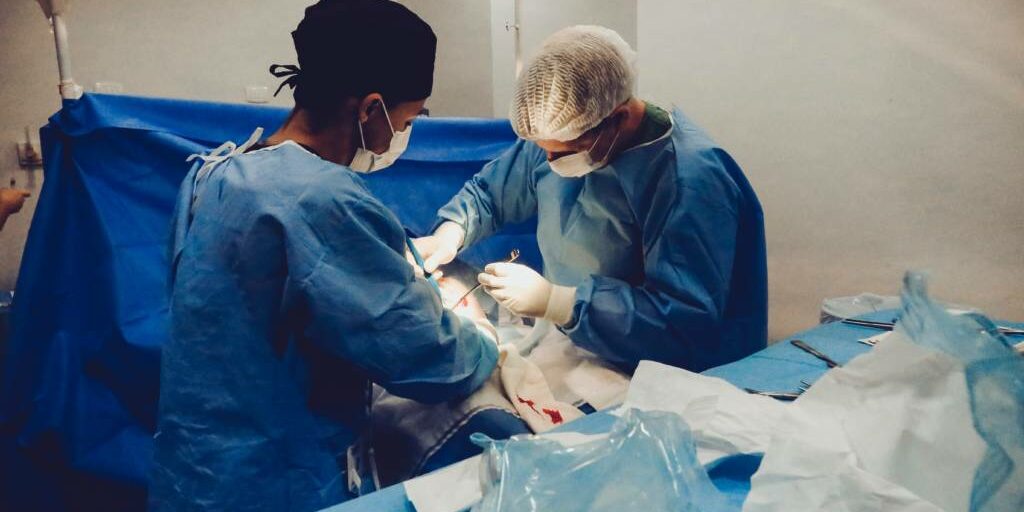
Arthroscopic Knee Surgery
Knee surgery is most often performed to address tears of the meniscus, but can also be used to treat torn ligaments…
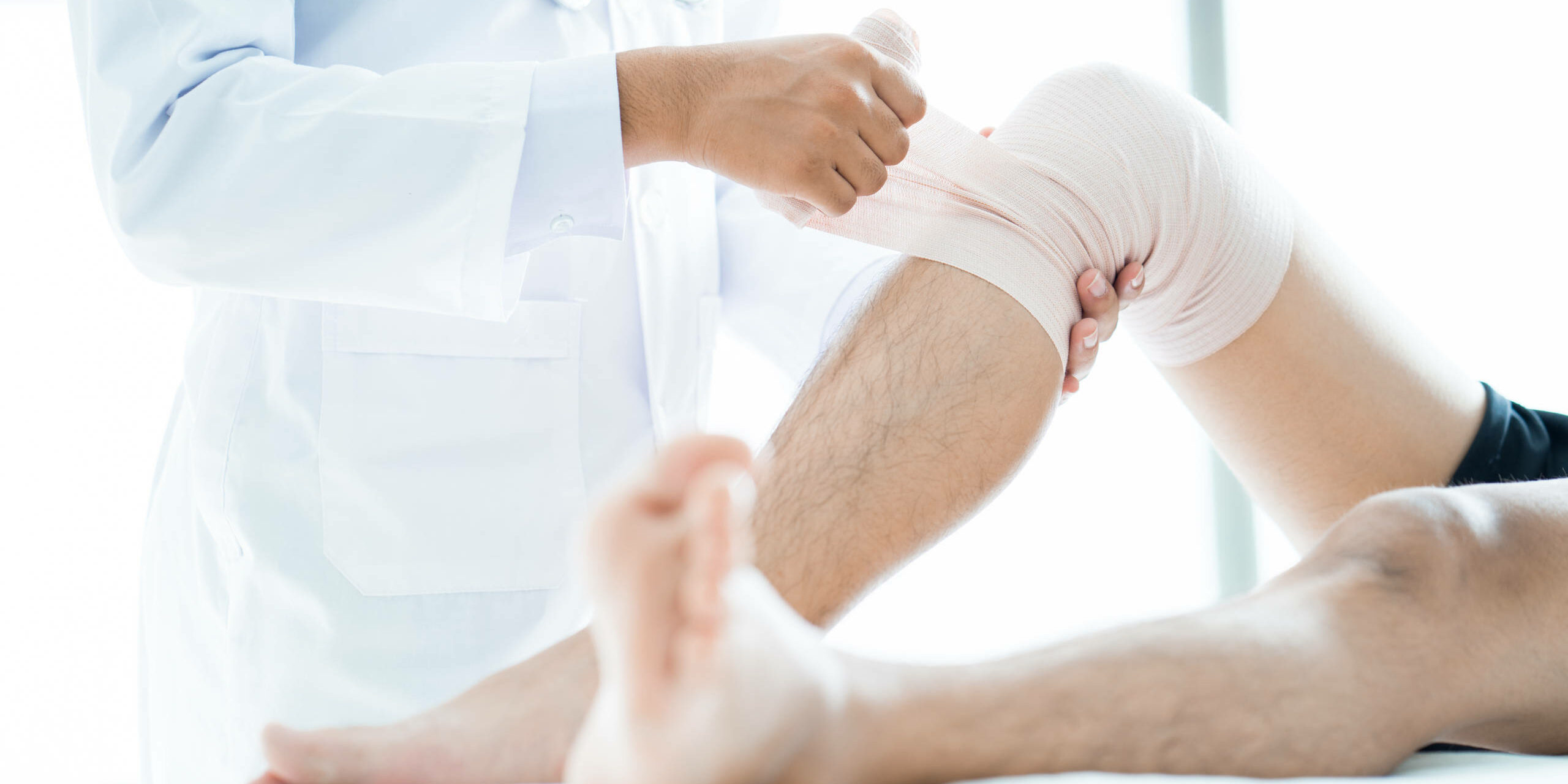
Total Knee Replacement
In a total knee replacement surgery, the goal is to replace the damaged cartilage within the knee.
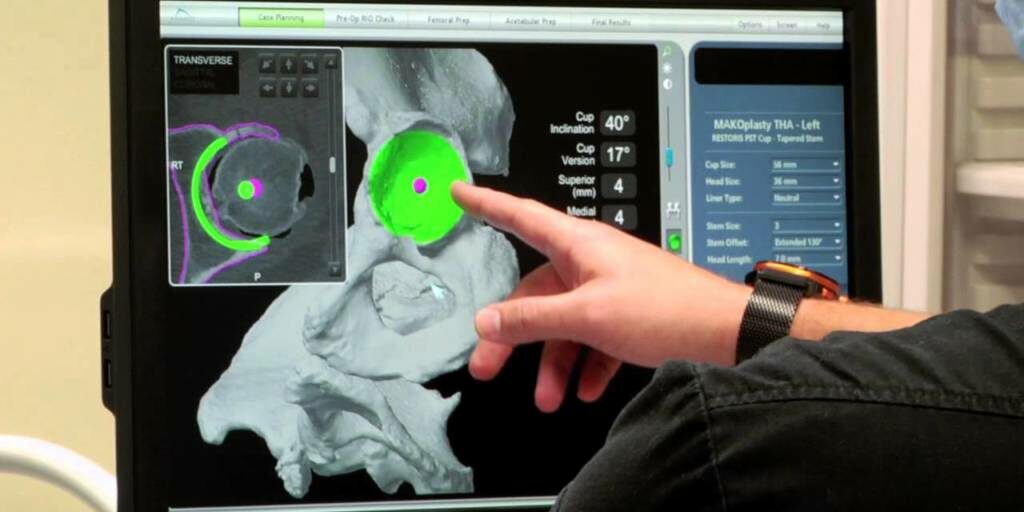
Robotic-Assisted Partial Knee Replacement
Robotic-assisted Partial Knee Replacement, with CORI and MAKOplasty technology.
Robotic-assisted Partial Knee Replacement, including CORI and MAKOplasty technology.
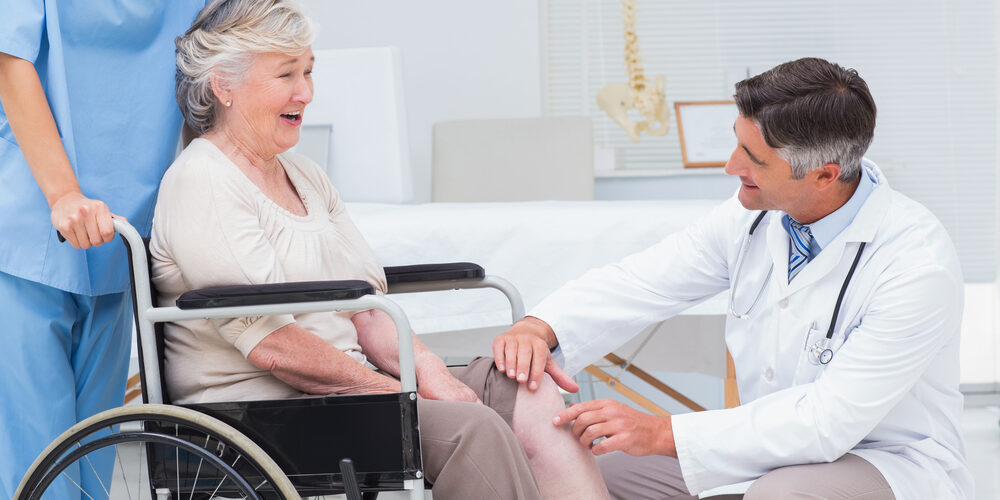
Advanced Surgical Techniques: "Jiffy Knee" Information
There are different surgical techniques that can be used to perform knee replacement surgery. Options include "less-invasive" techniques such as a "Mid-Vastus" or "Sub-vastus" approaches to the knee. Lately, a technique coined the "Jiffy Knee" has been promoted as a new/novel technique to perform knee replacement.







